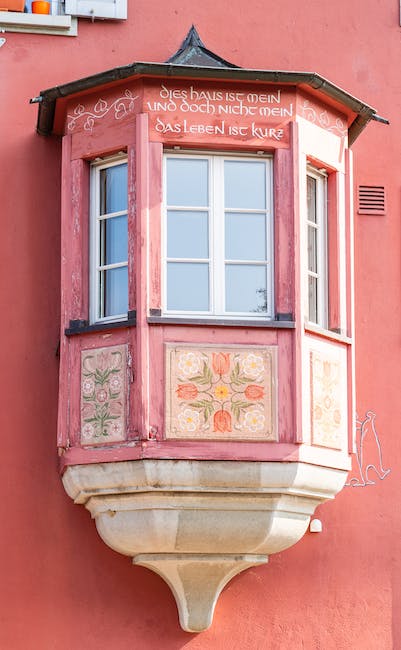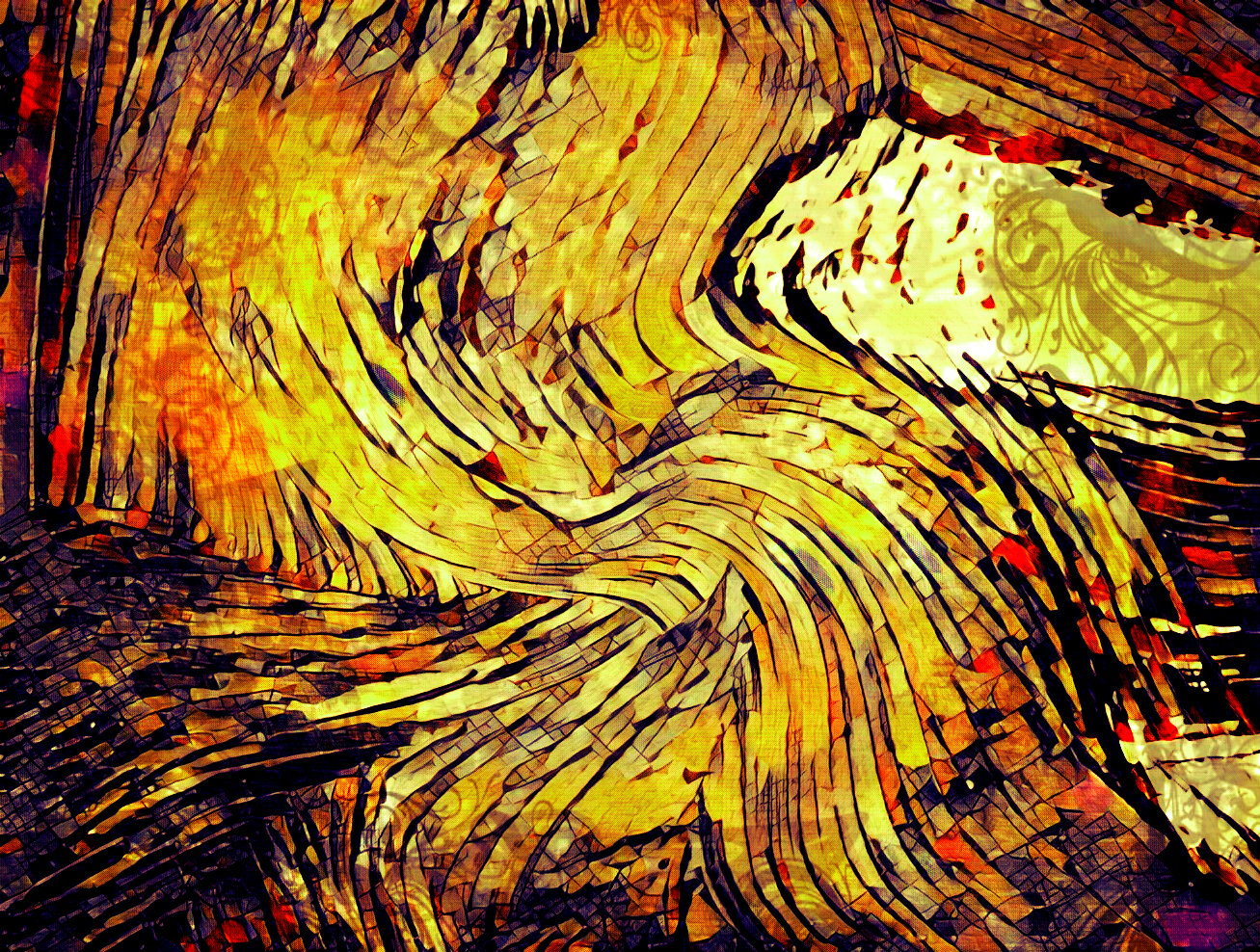In the heart of Western Europe, nestled between France, Germany, the Netherlands, and Luxembourg, lies a country renowned for its waffles, beers, and surreal adventures. But beneath its enchanting façade, Belgium conceals a linguistic tapestry intertwined with history, politics, and cultural identity. Welcome to a land where dialects whisper ancient tales, Leopold’s reign echoes through time, and linguistic divisions continue to challenge the very notion of unity. Join us on a journey through Belgium’s complex language landscape, as we unravel the threads that unite and divide this captivating nation.
Understanding Belgium’s Linguistic Divide: A Historical Perspective
Belgium, a country renowned for its chocolate, waffles, and vibrant culture, harbors a hidden linguistic divide that has shaped its history. This fascinating linguistic tapestry is the result of a tumultuous past, influenced by a myriad of factors. Dialects, once prevalent in different regions, played a significant role in shaping the linguistic landscape of Belgium. These unique variations in speech, vocabulary, and pronunciation became markers of regional identity and pride.
Enter King Leopold I, whose reign from 1831 to 1865 was pivotal in Belgium’s linguistic integration and political stability. Seeking to unify the country, King Leopold declared French as the official language, disregarding the existing linguistic diversity. This decision sparked discontent among Dutch-speaking communities, who felt marginalized and silenced. The linguistic divisions deepened, leading to tensions and bitter debates that would persist for years to come.
- Geographical factors: Belgium’s unique location at the crossroads of Germanic and Romance influences gave rise to diverse dialects that evolved over centuries.
- Historical events: Belgium’s occupation during both World Wars, the Belgian Revolution, and King Leopold’s reign all played a significant role in shaping the linguistic divide.
- Cultural pride: The passionate attachment to linguistic identities fueled tensions and resistance to linguistic assimilation.
The complex language landscape of Belgium continues to shape its politics, education, and identity. Today, while Dutch (Flemish) and French remain the dominant languages, efforts to preserve and promote regional dialects, as well as recognition for German speakers, reflect a growing acknowledgement of linguistic diversity and the importance of preserving cultural heritage.

Exploring the Intricacies of Dialects: Preserving Cultural Identities
In the charming country of Belgium, language diversity is an intrinsic part of its cultural fabric. Nestled within this linguistic mosaic are the intricate dialects that reflect the rich regional identities across the nation. These dialects hold a key to understanding the historical and cultural depth that Belgium possesses. From Walloon in the south to Flemish in the north, each dialect tells a unique story and preserves its own cultural heritage.
Exploring the intricacies of Belgium’s dialects takes us on a journey through time, allowing us to better appreciate the country’s complexity. For instance, the province of Leopold, located in the heart of Belgium, carries a distinct dialect that showcases its local traditions and customs. Within this province, numerous linguistic divisions emerge, each with its own idiosyncrasies and peculiarities. By delving into the Leopold dialect, we can witness the fusion of history, geography, and language that has shaped the cultural identities of the region.
- The variant vocabulary and pronunciation found in Leopold’s dialect highlight the linguistic nuances unique to this small corner of Belgium.
- An exploration of the grammar and syntax peculiarities of Leopold’s dialect offers insights into the historical influences that have shaped the language over centuries.
- The intonations and idiomatic expressions present in the dialect provide a glimpse into the daily lives and traditions of the locals.
Preserving these dialects is crucial for the continuity of Belgium’s cultural identities. It ensures that future generations can connect with their roots and appreciate the diverse heritage that lies within the nation’s borders. By celebrating and understanding the intricacies of dialects, we contribute to the preservation and promotion of Belgium’s linguistic tapestry, fostering a sense of unity through the shared respect for each other’s regional distinctiveness.

Leopold’s Legacy: Shaping Belgium’s Language Policies
Belgium’s linguistic landscape is a tapestry woven with the threads of dialects and divisions, shaped by the enduring legacy of Leopold. As a nation nestled between France, Germany, and the Netherlands, Belgium is a melting pot of linguistic diversity. This cultural richness is reflected in the plethora of dialects spoken throughout the country, which vary from region to region. From the West Flemish of Flanders to the Walloon dialects of Wallonia, each dialect carries a unique cadence and charm, adding depth and character to the Belgian identity.
Leopold I, the first king of the Belgians, played a pivotal role in shaping the country’s language policies. During his reign in the mid-19th century, he sought to bridge the linguistic divide between Dutch and French speakers, promoting a policy of bilingualism. His efforts aimed to foster unity and mutual understanding among the nation’s diverse linguistic communities. Although Leopold’s legacy was significant, the linguistic divisions were deeply rooted, leading to a more nuanced approach to language policies in modern-day Belgium.
Dialects and the Linguistic Mosaic
The language landscape of Belgium is a mosaic, with each dialect forming a distinct piece. Whether it’s the Limburgish dialect in the east or the Brabantian dialect in the center, Belgians take pride in their regional languages. These dialects have stood the test of time and serve as a reminder of the rich cultural heritage of the various linguistic communities.
Despite the prevalence of dialects, the standard languages of French, Dutch, and German hold a significant role in Belgium. French is predominantly spoken in the southern region of Wallonia, while Dutch is the primary language in Flanders. Along the eastern border, a small German-speaking community thrives. Bilingualism remains prevalent, especially in the capital city of Brussels, where both French and Dutch coexist as official languages.
Navigating Belgium’s complex language landscape requires an appreciation for its dialects, an understanding of the historical context, and an openness to the linguistic diversity that defines this fascinating country.

Promoting Unity Through Language: Recommendations for Belgium’s Language Landscape
Dialects, Leopold, and Linguistic Divisions: Navigating Belgium’s Complex Language Landscape
Belgium’s language landscape is a fascinating tapestry of dialects, historical influences, and linguistic divisions. While this diversity is a testament to the rich cultural heritage of the region, it can also pose challenges when it comes to fostering national unity. In order to promote a sense of cohesion and understanding among Belgium’s linguistic communities, several recommendations can be made to navigate this complex language landscape:
1. Embrace and Preserve Dialects: Rather than viewing dialects as barriers, they should be celebrated as an integral part of Belgium’s linguistic fabric. Efforts should be made to document and preserve regional dialects, ensuring that future generations have the opportunity to connect with their linguistic heritage. Additionally, initiatives can be developed to promote the learning of dialects and encourage linguistic diversity within the education system.
2. Increased Language Education: To bridge the linguistic divisions that exist within Belgium, it is essential to prioritize language education. Offering comprehensive language courses that include the official languages of French, Dutch, and German can help foster understanding and create a more cohesive society. Language education programs should be accessible to all, regardless of linguistic background, and efforts should be made to encourage language proficiency across communities.
The Way Forward
As we wander through the labyrinthine alleys of Belgium’s language landscape, we find ourselves captivated by the rich tapestry woven by dialects, Leopold, and linguistic divisions. Our journey has taken us to the heart of a nation where words carry the weight of history and define the boundaries of identity.
From the melodic rhythms of Walloon to the distinct cadence of Flemish, Belgium’s dialects tell stories of resilience, cultural heritage, and a commitment to preserving linguistic diversity. Unraveling this linguistic puzzle, we have come to appreciate the complexity and beauty that lies within each syllable spoken by its inhabitants.
While King Leopold I introduced French as the official language, a delicate balance now exists between French, Flemish, and German-speaking communities. As we delve deeper into the intricacies of this language mosaic, we witness the power that linguistic divisions can hold, creating both connections and challenges across the Belgian landscape.
Yet, amidst the linguistic tango, Belgium’s multilingualism is not a burden, but a testament to the nation’s strength. It fosters understanding, challenges preconceptions, and unites its people in a dance that celebrates both unity and diversity. It is a testament to the power of language to shape our collective consciousness and pave the way for harmonious coexistence.
Navigating Belgium’s language labyrinth is no easy task, but it is a journey worth taking. Like explorers charting new territories, we discover bridges of understanding built through the fusion of words, gestures, and shared heritage. We learn that language, formed by the ebb and flow of time, is a living testament to the people who call Belgium their home.
So, as we bid farewell to this intricate linguistic tapestry that we have so seamlessly embraced, let us remember the lessons it offers. Let us carry with us the appreciation for diversity, the resilience of dialects, and the power of language to bridge divides. For in doing so, we become not only witnesses to Belgium’s complex language landscape but active participants in its ongoing evolution.
With every word spoken, every dialect cherished, and every linguistic heritage celebrated, we shape a future where the subtle differences of language are seen not as barriers, but as threads that weave together the vibrant and diverse fabric of our world. And thus, we leave Belgium, not as mere observers, but as stewards of a linguistic journey that continues to unfold, forever enriching the human experience.

